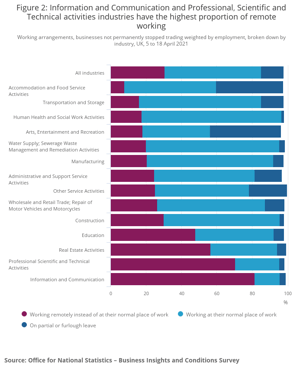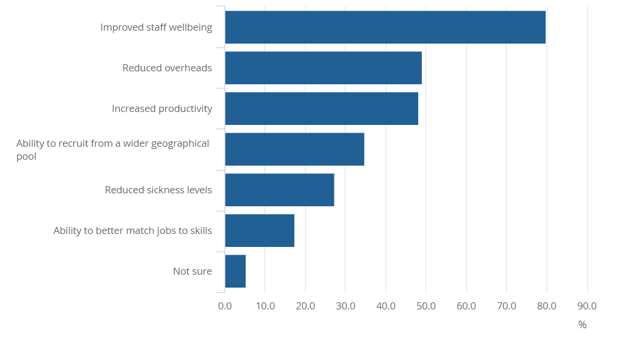How to discover which hybrid working model could suit your business

The advent of hybrid working has changed the way businesses and employees view the importance of where you work, with many people working more effectively from home and others preferring the office environment.
As a result of this, creating a hybrid working strategy that encompasses the best of both worlds, isn’t always straightforward. Why? Because different employees may need different types of hybrid models in order to be at their most productive. Some of your staff will want a structured model with specific office days per week or per month and others will be keener to have a flexible strategy when they decide where and when they work at any given time. Additionally, whilst according to CIPD, 82% of employees want their companies to provide some kind of hybrid model, what about leadership teams? And who should really get to decide whether you go for a hybrid strategy and what kind?
Ultimately, it’s well known that companies who listen to their staff have more engaged employees and, as a result, higher levels of retention, morale and job satisfaction. Although the c-suite leads the company, most senior managers understand that they wouldn’t have a successful business without their staff. Ensuring you give your employees a voice on moving to a hybrid model, and what kind of hybrid model, can help ensure your staff engagement can remain strong and encourage retention for a mutually valuable working environment.
How to find out which strategy will work for your business
Choosing the model which best suits your business is going to require you to look at a few different factors:
- What your employees want
- What your management teams need
- The practicalities around how to make it work
Firstly, to find out what your employees want, the key is to get honest opinions from all of your employees. For smaller companies, face-to-face communication is a great idea to inform discussion, either in a 1 on 1 session or via group meetings, depending on how open communication is at your company. Larger companies may prefer to use a Google form or online survey tool to collate responses on how flexible or rigid the office use should be.
After gaining opinions from staff, speaking to management teams to gauge an idea of their views on how their teams work best will be key to your decision on what kind of hybrid model to employ. Staff opinions on what they want vs. manager opinions on how their staff work best will need to be taken into account, with continuous feedback from managers on staff performance being a really important factor in how to manage any potential discrepancies.
Moving on from staff and manager viewpoints, the practicalities around how to make hybrid working a reality will then need to be considered. Having a way to fairly measure staff performance, using 360 feedback, employee self-assessment or even using metrics to measure key results against company goals using the objectives and key results methodology, not only provides staff with valuable feedback but also then provides managers with a clearer and more unbiased viewpoint on how and where staff work best. This can help inform future discussions around the hybrid strategy which can then evolve depending on the results. Using office space may also change in the hybrid model. If you choose to downsize your office to save on costs then you’ll need to look at managing office capacity and planning working schedules via a cloud-based software app, which staff can use to check if the office is free when they need it or plan their working location weeks in advance. Reporting on this functionality is also going to ensure you can successfully manage office booking space and really make the most of office time. Utilising technology that is accessible from anywhere will be really key to ensuring the practicalities around making hybrid working a reality are taken into account.
Once these three key variables have been fully discussed and implemented, you can look at employee preference, management decisions and the best HR technology investment to make sure that whether you go with a more flexible approach or stick to a structured and planned hybrid model, it can really work for your business.
Appogee HR software provides everything you need to ensure hybrid working can be made a reality for your business. Try us free for 14 days, or if you’d like to discuss it in more detail, we’d love to take you through our packages via a personalised HR software demonstration.
.webp?height=168&name=appogeehr%20(1).webp)




